10 Best Glycyrrhiza Uralensis Preparations
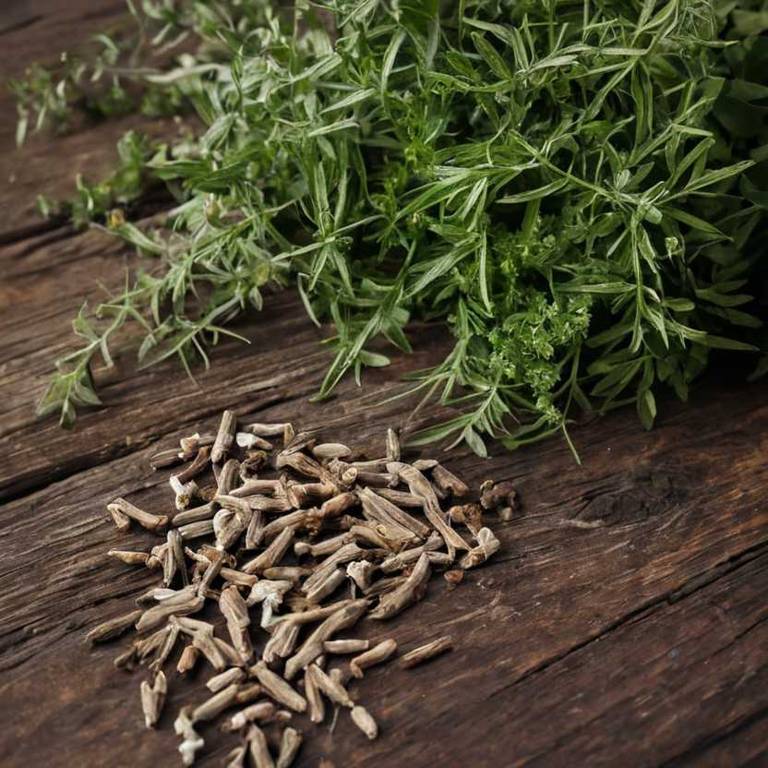
The best medicinal preparations of Glycyrrhiza uralensis are teas, decoctions, tinctures, capsules, and lozenges, each offering unique benefits for health and wellness.
Teas and decoctions are commonly used to soothe respiratory issues and inflammation.
Tinctures provide a concentrated form for quicker absorption of its active compounds.
Capsules offer a convenient and standardized dosage option.
Lozenges are ideal for targeting throat irritation and coughs.
These preparations highlight the versatility of this valuable herb in traditional and modern herbal medicine.
Below there's a list of the 10 best herbal preparations of glycyrrhiza uralensis for medicinal purposes.
- 1. Teas
- 2. Decoctions
- 3. Tinctures
- 4. Capsules
- 5. Lozenges
- 6. Creams
- 7. Syrups
- 8. Mucillages
- 9. Oinments
- 10. Oils
1. Teas
Glycyrrhiza uralensis teas is commonly used to treat respiratory conditions, digestive issues, and skin ailments.
It is frequently employed for alleviating symptoms of coughs, bronchitis, and sore throats due to its anti-inflammatory and expectorant properties. The tea is also used to soothe stomach ulcers and reduce inflammation in the gastrointestinal tract. Common bioactive constituents include glycyrrhizin, flavonoids, saponins, and polyphenols, which contribute to its anti-inflammatory, antiviral, and immunomodulatory effects.
These compounds help explain its traditional use in addressing a wide range of health concerns.
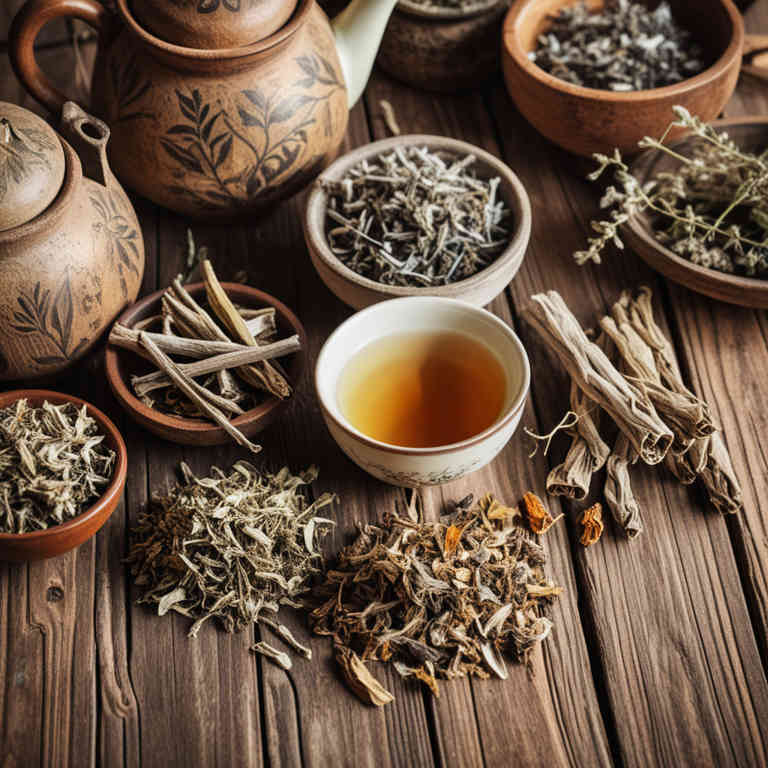
2. Decoctions
Glycyrrhiza uralensis decoctions is commonly used to treat respiratory conditions, digestive disorders, and inflammatory diseases.
This herbal preparation is widely recognized for its ability to alleviate symptoms of cough, bronchitis, and asthma due to its anti-inflammatory and expectorant properties. It is also used in traditional medicine to soothe ulcers and promote digestion. The most common ailments treated include sore throat, gastritis, and skin infections.
The bioactive constituents responsible for these effects include glycyrrhizin, flavonoids, saponins, and polysaccharides, which exhibit anti-inflammatory, antiviral, and immunomodulatory activities.
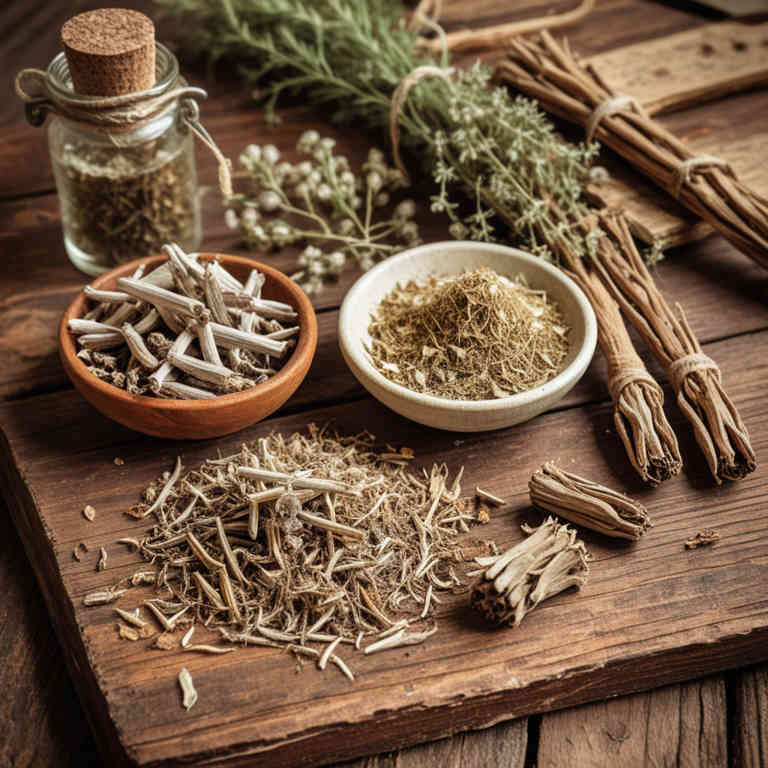
3. Tinctures
Glycyrrhiza uralensis tinctures is commonly used to treat respiratory conditions, digestive disorders, and skin ailments.
These tinctures are frequently employed for alleviating symptoms of coughs, bronchitis, and asthma due to their expectorant and anti-inflammatory properties. They are also used to soothe gastric ulcers and reduce inflammation in the gastrointestinal tract. The bioactive constituents responsible for these effects include glycyrrhizin, flavonoids, saponins, and polysaccharides, which exhibit anti-inflammatory, antiviral, and immunomodulatory activities.
Additionally, these compounds contribute to the plant’s ability to support adrenal function and reduce stress-related symptoms.
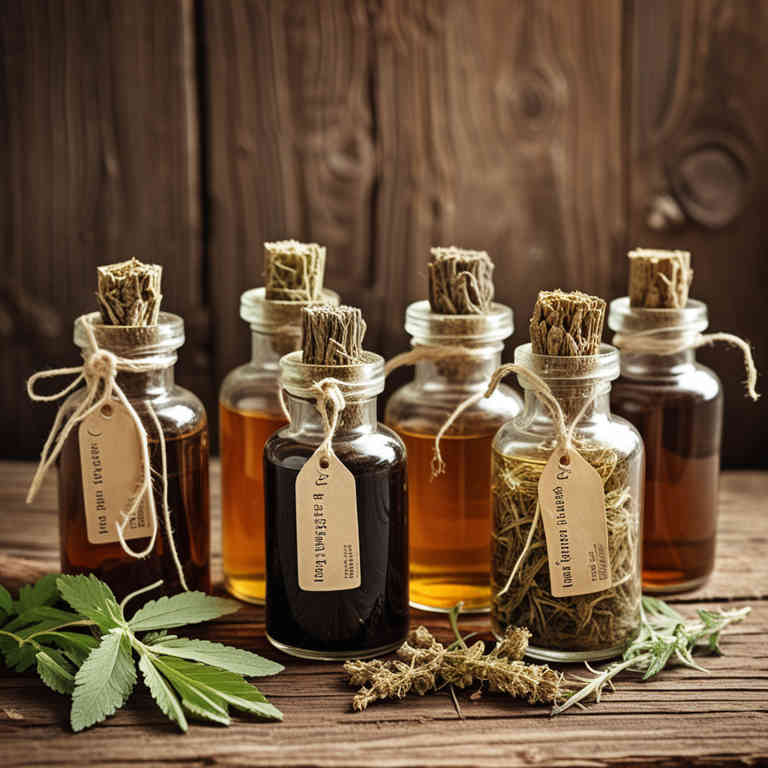
4. Capsules
Glycyrrhiza uralensis capsules is commonly used to support respiratory health, soothe digestive issues, and reduce inflammation.
They are widely used to treat ailments such as coughs, bronchitis, ulcers, and skin conditions. The bioactive constituents include glycyrrhizin, flavonoids, saponins, and polysaccharides, which contribute to its anti-inflammatory, antiviral, and immunomodulatory properties. These compounds help in reducing swelling, fighting infections, and supporting the immune system.
Glycyrrhiza uralensis capsules are also known for their ability to balance hormones and alleviate symptoms of stress.

5. Lozenges
Glycyrrhiza uralensis lozenges is commonly used to soothe sore throats, alleviate coughs, and reduce inflammation in the respiratory tract.
They are frequently employed to treat ailments such as bronchitis, laryngitis, and other upper respiratory infections. The bioactive constituents responsible for these effects include glycyrrhizin, flavonoids, saponins, and polysaccharides, which exhibit anti-inflammatory, antiviral, and immunomodulatory properties. These compounds work synergistically to enhance the body's defenses and reduce irritation.
Additionally, the lozenges may help in reducing the frequency and severity of cold symptoms.
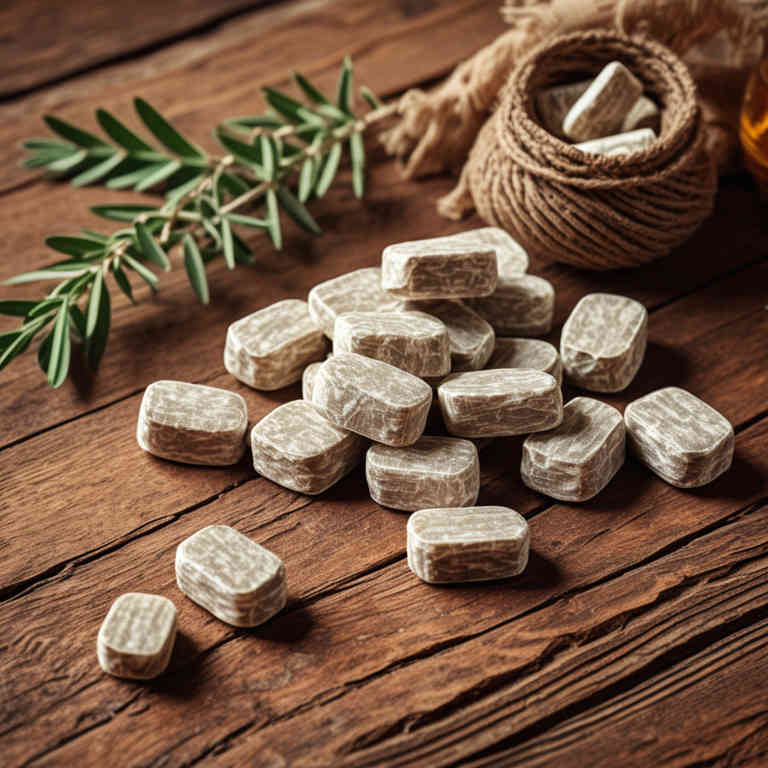
6. Creams
Glycyrrhiza uralensis creams is commonly used to treat skin conditions, inflammation, and respiratory tract infections.
The most common medicinal uses of this herbal preparation include alleviating symptoms of coughs, bronchitis, and asthma, as well as reducing inflammation and promoting wound healing. It is also used for its antiviral and antibacterial properties. The bioactive constituents responsible for these effects include glycyrrhizin, flavonoids, saponins, and various phenolic compounds.
These components contribute to its anti-inflammatory, antispasmodic, and immune-modulating properties.
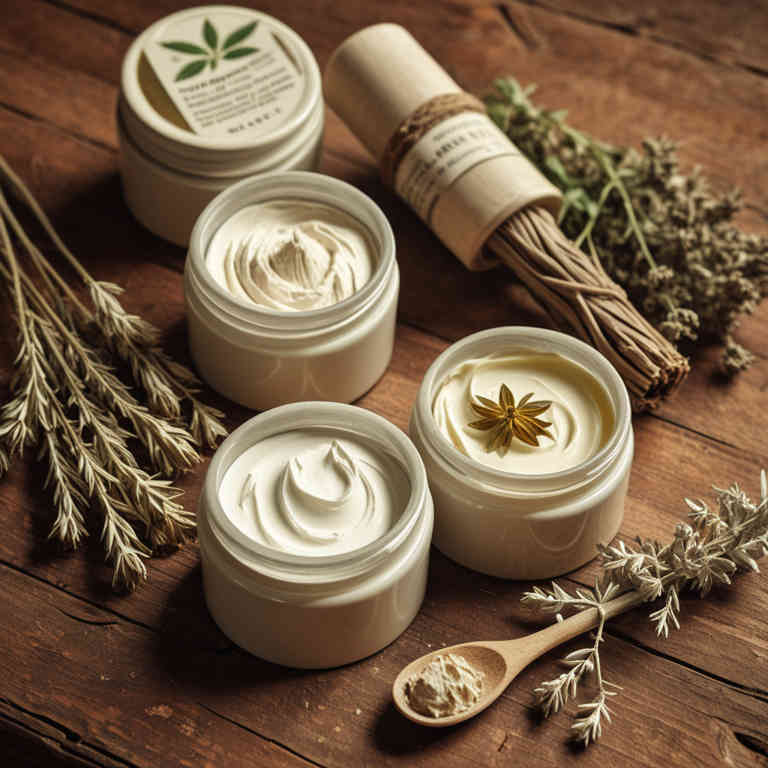
7. Syrups
Glycyrrhiza uralensis syrups is commonly used to treat respiratory conditions, digestive issues, and inflammation.
These syrups are often employed for alleviating symptoms of coughs, sore throats, and bronchitis due to their soothing and anti-inflammatory properties. They are also used to support the treatment of peptic ulcers and gastrointestinal discomfort. The bioactive constituents responsible for these effects include glycyrrhizin, flavonoids, saponins, and various polysaccharides, which exhibit anti-inflammatory, antiviral, and immunomodulatory activities.
Additionally, these compounds may help regulate the body's stress response by affecting cortisol levels.
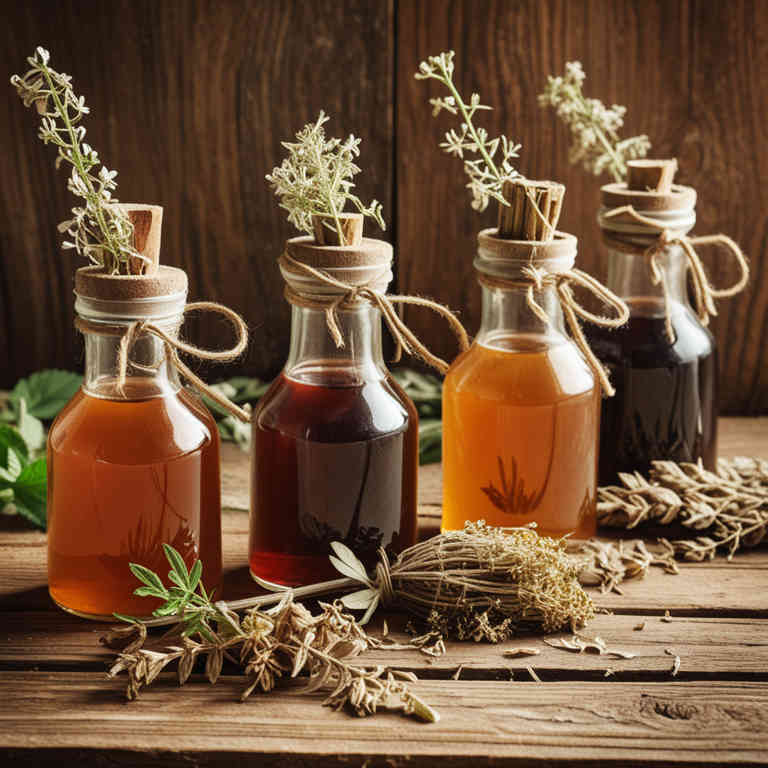
8. Mucillages
Glycyrrhiza uralensis mucillages is commonly used to treat respiratory and digestive disorders due to its soothing and anti-inflammatory properties.
It is frequently employed for conditions such as bronchitis, coughs, and gastrointestinal inflammation. The mucillages act as a demulcent, forming a protective layer over mucous membranes to alleviate irritation. Common bioactive constituents include glycyrrhizin, flavonoids, saponins, and polysaccharides, which contribute to its therapeutic effects.
These compounds exhibit anti-inflammatory, antiviral, and immunomodulatory activities, making the preparation valuable in various traditional and modern medicinal applications.
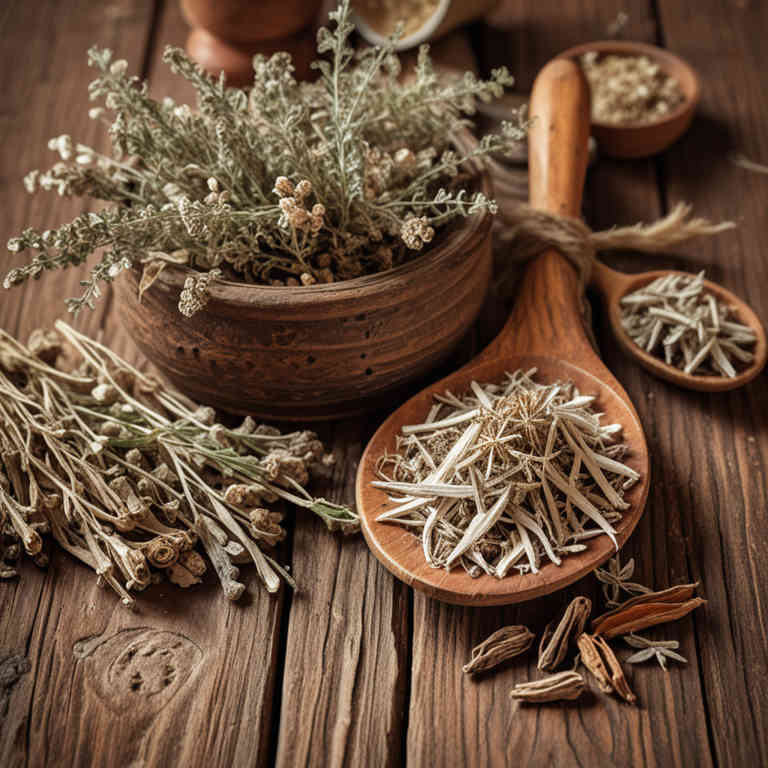
9. Oinments
Glycyrrhiza uralensis oinments is commonly used to treat skin conditions, respiratory infections, and inflammatory disorders.
These ointments are widely applied for their soothing and anti-inflammatory effects, helping to alleviate symptoms of eczema, psoriasis, and sore throat. They are also used to reduce coughing and ease bronchial congestion. The bioactive constituents responsible for these effects include glycyrrhizin, flavonoids, saponins, and polysaccharides, which exhibit anti-inflammatory, antimicrobial, and immunomodulatory properties.
This herbal preparation has been traditionally valued in both Chinese and Western medicine for its broad therapeutic applications.

10. Oils
Glycyrrhiza uralensis oils is commonly used to treat respiratory infections, digestive issues, and skin conditions due to its anti-inflammatory and antimicrobial properties.
It is frequently employed in traditional medicine to alleviate symptoms of coughs, sore throats, and bronchitis. The oil is also used topically to reduce inflammation and promote healing of wounds and eczema. The bioactive constituents responsible for these effects include glycyrrhizin, flavonoids, and essential oils such as linalool and limonene.
These compounds contribute to its ability to modulate immune responses and exhibit antiviral and anti-inflammatory activities.
